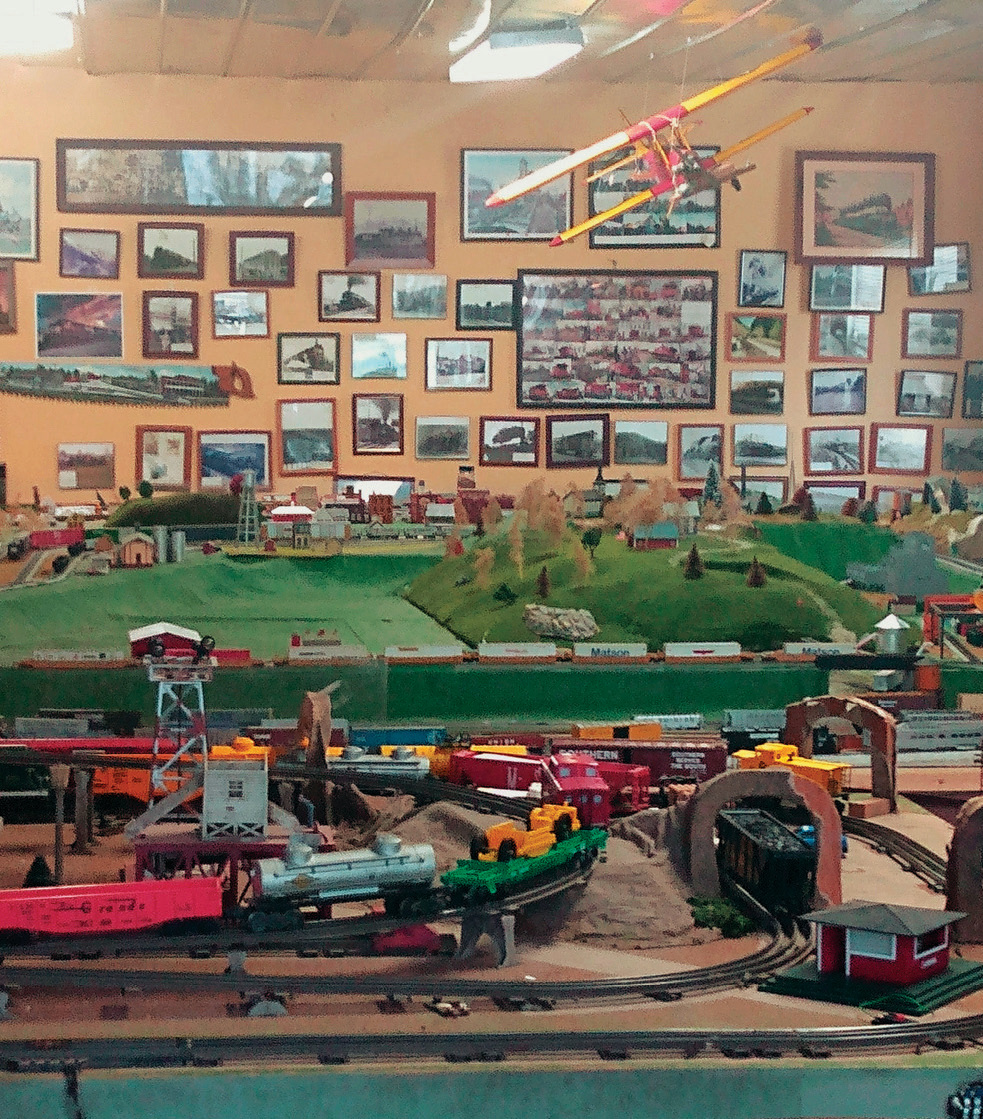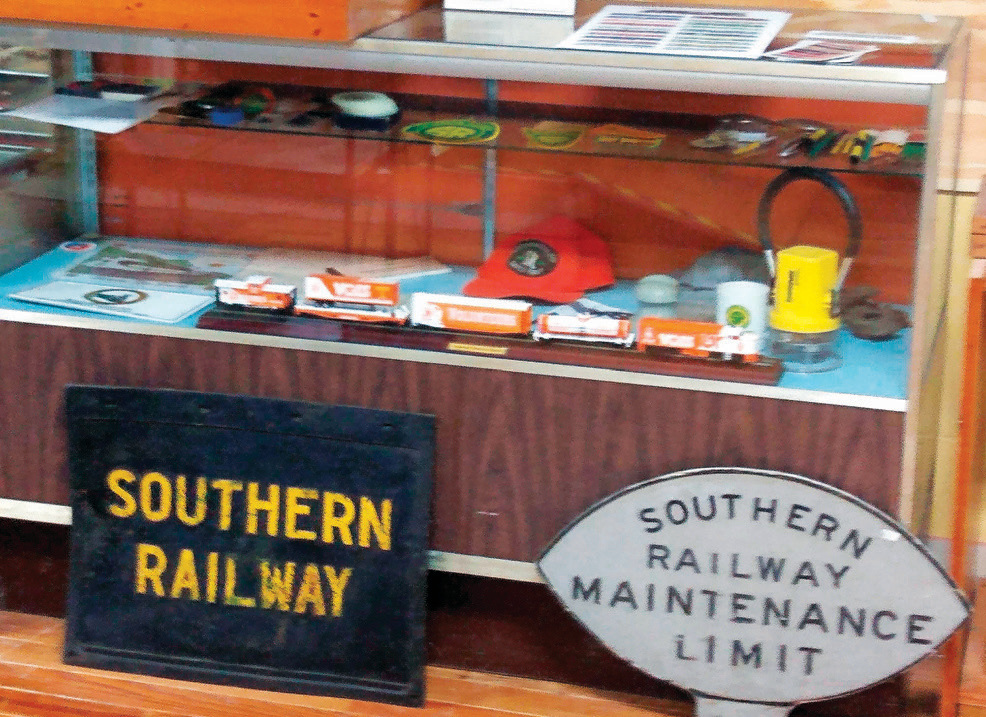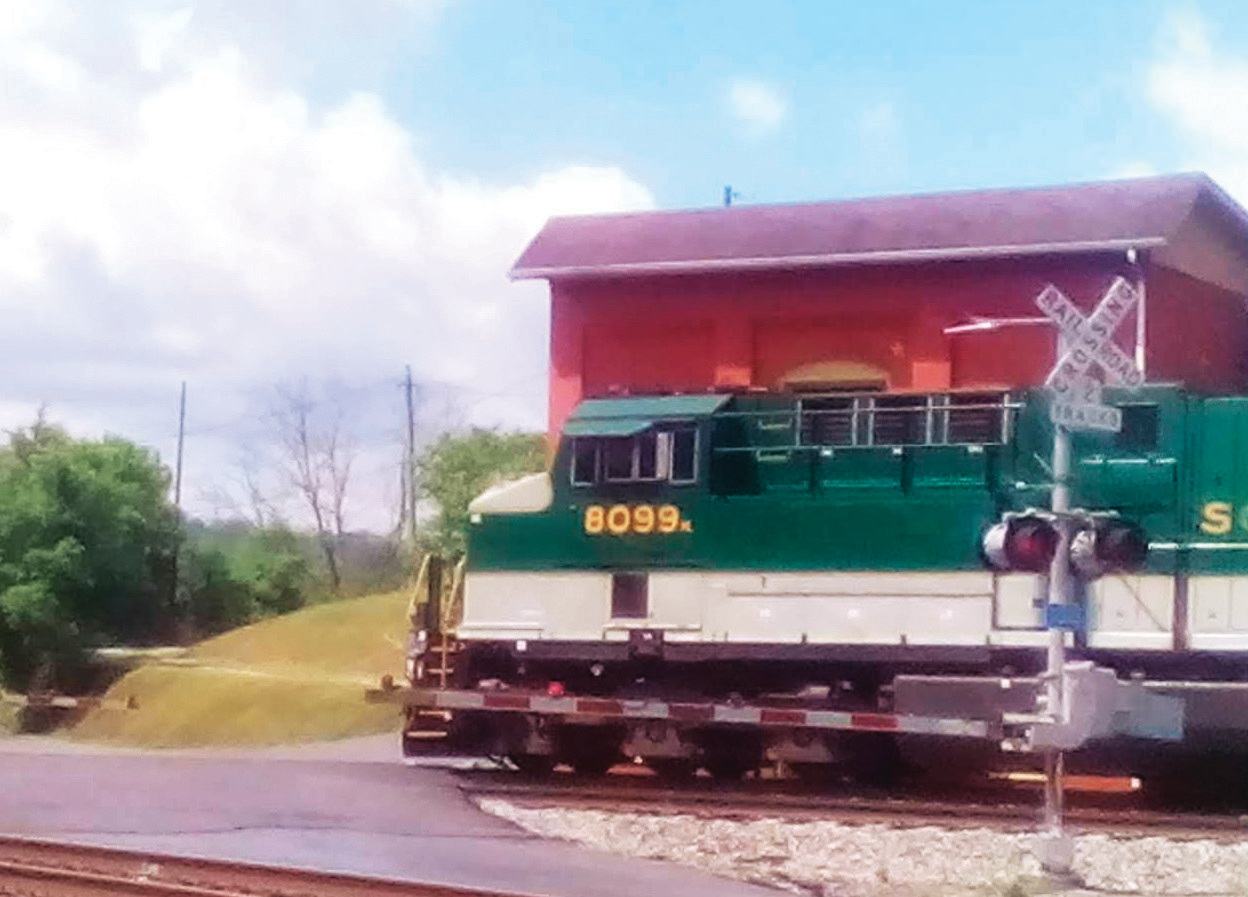Tennessee’s train museums chart history of rail
Train museums and the people who run them willingly share their stories of the days of rail transportation.
Take the folks in Jackson, where American railroad hero and locomotive engineer Casey Jones lived. Back in 1900, Jones sacrificed himself to save the passengers on his route to Canton, Mississippi, dying with one hand on the brake and the other on the whistle. It got him into the history books.
Today the town has preserved his home and operates an adjacent museum with documents, photos and artifacts from his life. Visitors can see a short film about his story and go out back to have their photo taken with a 35-ton locomotive from the early 1900s.
“We don’t actually have the original engine, although it was actually repaired and put back in service three separate times before it was finally scrapped in the 1930s,” says Laura Beaver, director of the Casey Jones Railroad Museum. “But the one we have is historic, too. People come from miles around to see where this American hero lived and learn about his story.”
The museum includes a permanent exhibit, “The Railroads and The Civil War in Tennessee,” which attracts Civil War buffs and historians to Jackson in West Tennessee.
For information, visit caseyjones.com/museum.
In East Tennessee, Bulls Gap Railroad Museum preserves the area’s railroad history. Bill Haskins is president of the group that manages the museum. Located in the former Sands & Company commissary store, the museum is right near the tracks downtown.

“We’re all about the history of the railroad in Tennessee,” Haskins says in his slow, Southern drawl. “We’ve got an HO scale layout of the old downtown, plus railroad tools and equipment and a collection of 75 or so historic train lanterns from kerosene in the 1920s to LED lights of today.”

An HO scale model of downtown Bulls Gap, photographs, railroad signs and other equipment are among the collections at the Bulls Gap Railroad Museum in East Tennessee.
A full-sized restored caboose stands outside. “It was the reason we opened the museum in 1989, and we just keep building our collections,” Haskins says. “You could come and spend the day here looking at everything we’ve got and learn a lot about the days when the train was king.”
For more information, visit bullsgaprrmuseum.com.
Other train museums in Tennessee:
- Cowan Railroad Museum in south central Tennessee tells the story of the Cumberland Mountain Tunnel from 1852 and the development of the railroad through that area. With more than 1,000 artifacts, several models and layouts, the museum’s location next to the tracks adds authenticity through the frequent trains that pass by. A full-sized train with a 1920 Porter steam locomotive, a flat car and an NC&StL boxcar are on display outside. For information, visit cowanrailroadmuseum.org.
- Cookeville Depot Museum, built in 1909, in eastern Middle Tennessee is listed on the National Register of Historic Places. From Tennessee Central Railway artifacts to an HO scale replica that recreates the town’s west side from 1950, the museum also has a static display that includes a 1913 Baldwin Steam engine and two cabooses from the 1920s and the 1960s. For more information, visit cookevilledepot.com.
- A memorial to the Waverly Train Explosion commemorates the lives lost in a derailment that took place on Feb. 24, 1978. The incident spurred increased training for hazmat responders starting in 1980. The memorial’s L&N red caboose in Humphreys County displays photos, newspaper clippings and a video. For information, see visithumphreys.com/place/waverly-train-explosion-museum.

Located downtown right by the tracks, the Bulls Gap Railroad Museum enjoys frequent rail traffic.



